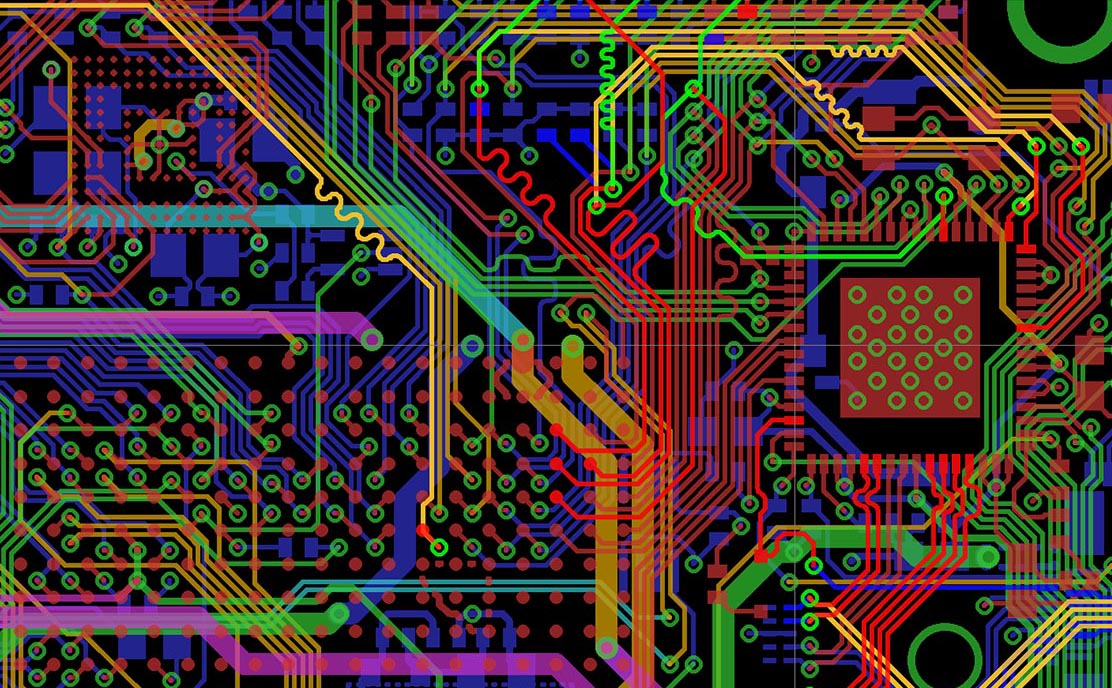A Beginners Guide to Board-to-Board Connectors
There are many different industries and products that use board-to-board connectors. This is because they have an incredibly strong transmission capacity among all of the other connector product types. Even though they are used frequently, chances are, the general consumer is not even aware of them. This begs the question, what actually is a board-to-board connector? This article will discuss exactly that, as well as its classification, characteristics, and their advantages.

What is a Board-to-Board Connector?
Board-to-board connectors are a miniature coupling plug and socket. They have the ability to connect power and signals using the pins of the connector through different circuit boards. Copper alloy materials are generally used in the production of such connectors, which is beneficial as it stops them from oxidizing.
The Classification and Characteristics of Board-to-Board Connectors
There are many different classifications and characteristics that board-to-board connectors have. The different types of connectors include:
- Pin header and pin/pin
These are the cheapest form of connector and are incredibly convenient to use, plus the connection they tend to create is very stable and is hard to accidentally disrupt. That being said, these are also very large connectors and are hard to bend, meaning they are not ideal for a lot of different products.
- High-end Board-to-board rows
These are much denser than the aforementioned pin header connectors and are often used in conventional smart hardware products. These can be beneficial as the number of pins they have is large; however, their volume is small.
- Thickened Board-to-Board Connectors
Often used in the production of test boards and development boards, thickened connectors are beneficial given they are cheap and very easy to both connect and measure. That being said, similar to pin headers, they are very large and also difficult to fix.
The Advantages of Board-to-Board Connectors
Board-to-board connectors would not be used as frequently as they are if they did not come with a wide range of advantages. These include (but are not limited to) the following:
- Simpler Design
The circuit board design process can be incredibly tricky, and thanks to the use of board-to-board connectors, this can actually be made much more simple.
- Simpler Production
Of course, they make the design process much more straight-forward and streamlined, they are also responsible for simplifying the production and testing of electronic equipment. This can be economically beneficial to lots of organizations, such as those who operate in electronics manufacturing, as simplified testing reflects huge cost savings.
- The Third Dimension
Thanks to the use of board-to-board connectors, it is possible to use through-hole technology to allow the third dimension to connect traces and components on the PCB.
Conclusion
Board-to-board connectors are an incredibly effective means of simplifying the design and production of separate circuit boards. They can come in different connectors, including pin header, high-end, and thickened. All of these different boards have their own advantages and disadvantages and so are used by a variety of organizations.

